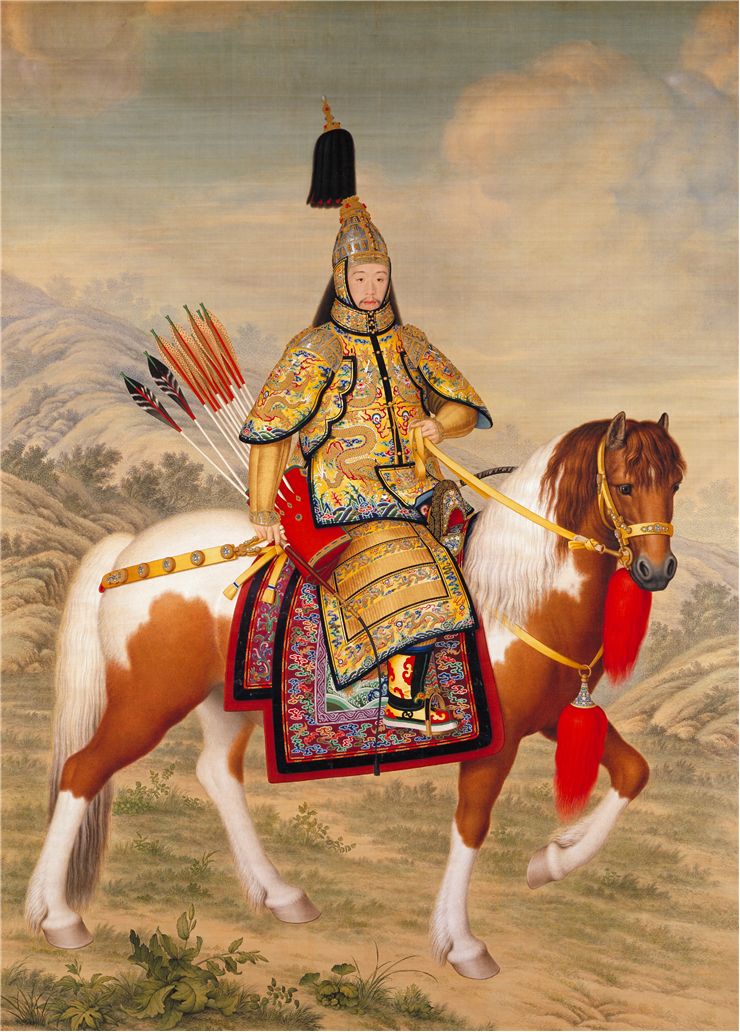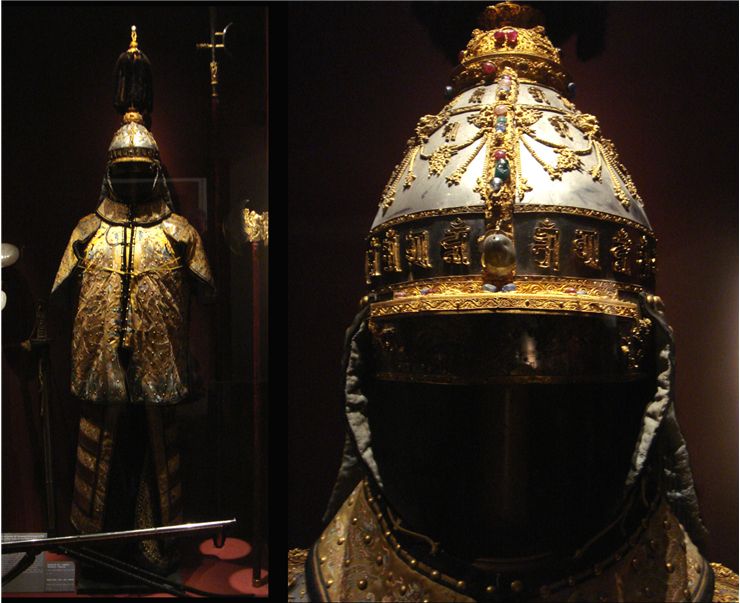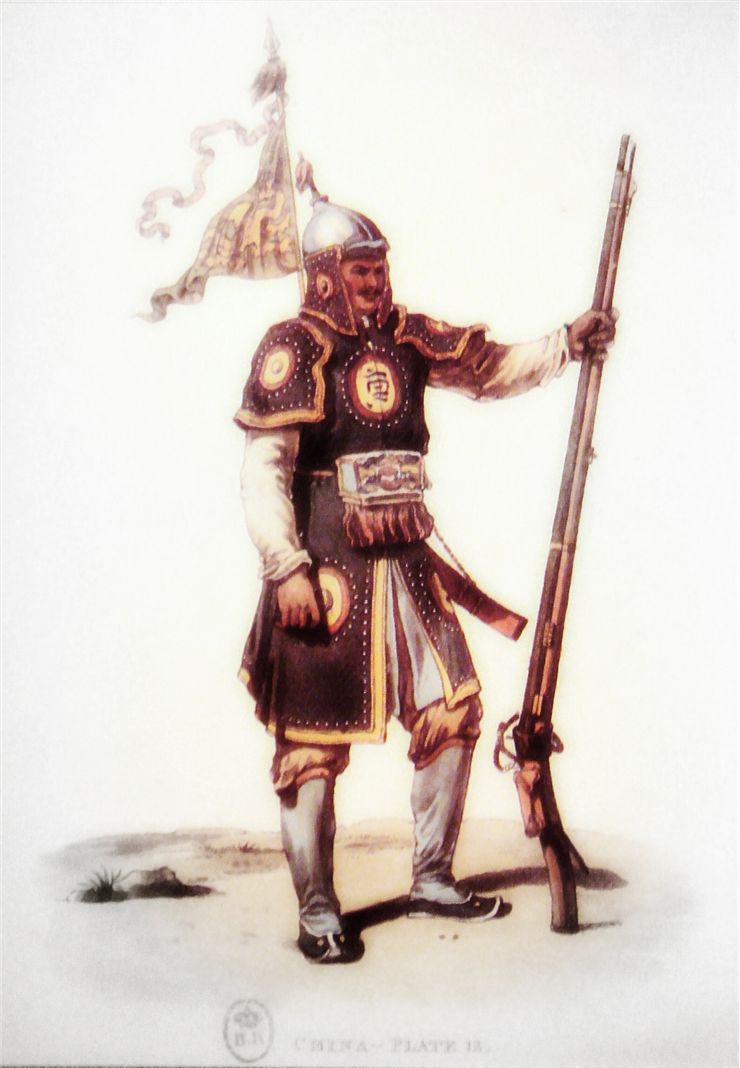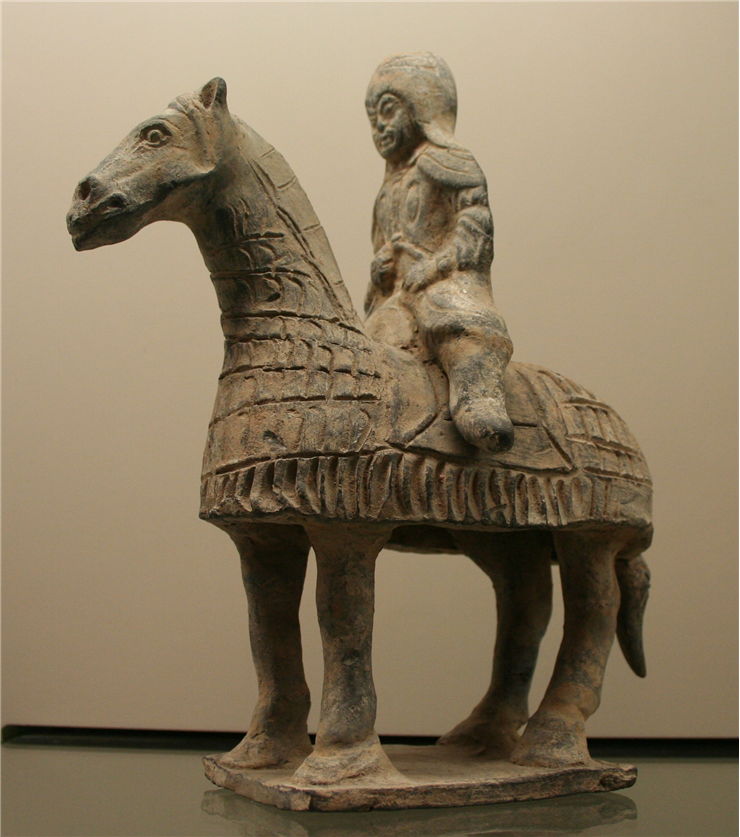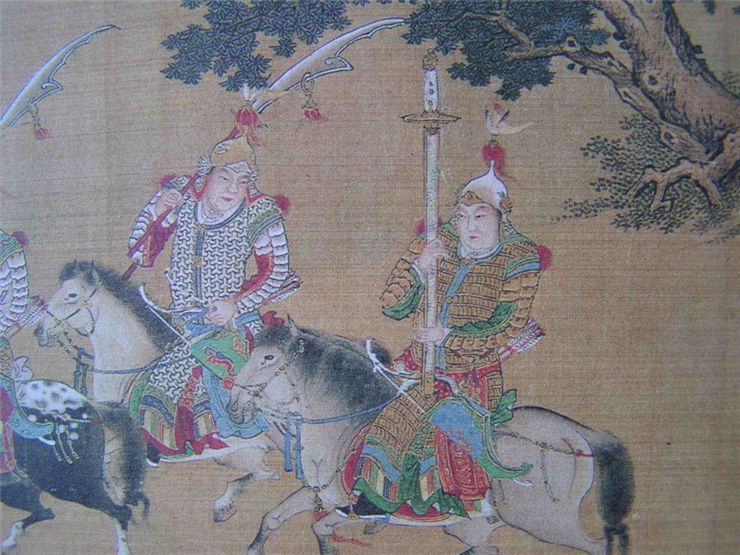Chinese Armor - History and Types of Chinese Armor
China is one of the oldest civilizations in the world, managing to very early take advantage from advanced forms of armor and military gear. Their metal armors today represent some of the oldest in the world, and surviving pieces give a unique look at the ancient times that go back several thousand years to the past. The earliest Asian civilizations that started using metal armor were indeed from china, where organized metallurgy started producing steady output of armor in 1st millennia BC. Because of the rich military history and turbulent wars that raged across its entire territory, Chinese armorers had a very clear motivation to constantly innovate and create armors that would not give wearers new forms of protection, but also create a canvas for metal artists to create armors that were filled with fashionable imagery and visual enhancements whose style changed from one century to next, from one ruling dynasty to the next.
Even though Chinese metal workers had access to same techniques for crafting and molding metal, armors created in china had a style that was much different than the one used in Europe. While European nobility and elite groups of soldiers preferred very heavy plated armors that provided large amount of protection against strong attacks, Chinese soldiers preferred ease of movement and armors that enabled them to use martial art techniques during combat. However, even though they mostly stayed away from plate armors, Chinese armors were relatively heavy and were almost always highly decorated. Most popular designs were of lamellar (laced pieces of hard leather, iron or bronze plates), coat of plates (small metal plates sown together inside hard leather shirt), brigandine (small metal plates riveted together inside hard leather shirt) and many types of scaled armor. One piece breastplates were also popular during several periods of Chinese history, and plan leather armors created from hard skins of rhinoceros and buffalo were highly popular for ordinary soldiers.
Initially, personal metal armors were popularized by the Chinese royalty and nobility, who preferred to wear highly decorated and heavy armor pieces during combat in which they were mostly riding their war chariots. However, because early Chinese dynasties had very large standing armies (that sometimes even reached number of 100 thousand soldiers), only the higher ranking or wealthy soldiers could be equipped with durable metal armors, which made “cheaper” Bronze as the most popular metal used for early Chinese armors. Most popular metal-enhanced armor was lamellar armor, with leather or metal guard pieces for arms, shoulders and head being used depending on the wealth of the soldier. Lighter units that were used for fast skirmishes wore no armor.
Much of the history of Chinese armors before 200 BC was found in the burial pits of the first Emperor of China Qin Shi Huang, who commanded creation of statues of more than 8 thousand Terracotta warriors. The armor structure of those soldiers paints a highly detailed picture of the state of the armor technology of that time.
After Qin Dynasty, Han dynasty introduced new armor types during 200-100 BC. Most notable innovation was more widespread use of metal scale armor (bronze, iron and steel) by both infantry and cavalry (including armored horses). After 300 AD, fully armored horses appeared during the age of Three Kingdoms Period.
In the medieval times, several new types of armor started being used by nobility and wealthier soldiers. Most notably those were mountain pattern armor (armor that interlocked and connected multitude of smaller pieces into the shape of Chinese word “mountain”), mirror (or bright) armor whose pieces could be used together with mountain armor, mail armor and chain armor that was initially only importer from neighboring territories.
By 19th century, advent of gunpowder warfare enabled the end of widespread use of armor. However, they continued to be used as an indicator of rank and for ceremonial purposes.
